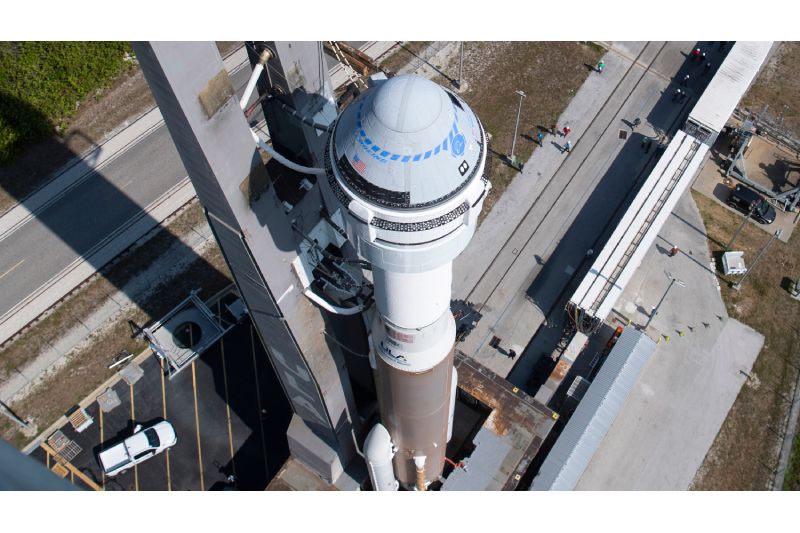The first crewed launch of Boeing’s new Starliner capsule is now scheduled for May 6, five more days later than originally planned.
The much awaited Crew Flight Test (CFT) of the Starliner mission was scheduled for May 1st by NASA and Boeing. But it isn’t the current strategy.
NASA officials provided an update on Tuesday afternoon, saying, “After a review of the International Space Station operations, NASA’s Boeing Crew Flight Test now is targeting no earlier than Monday, May 6, for Starliner’s first launch with astronauts to the orbital complex.”
“The date adjustment optimizes space station schedule of activities planned toward the end of April, including a cargo spacecraft undocking and a crew spacecraft port relocation required for Starliner docking,” they stated.
NASA astronauts Barry “Butch” Wilmore and Suni Williams will be sent by CFT to spend about ten days on the International Space Station (ISS) in Starliner. The mission will take out from Florida’s Cape Canaveral Space Force Station atop an Atlas V rocket built by United Launch Alliance.
After two unmanned trips to the International Space Station, CFT will be Starliner’s third orbital mission. After several technical issues, the capsule was unable to reach the orbiting lab on its maiden mission in December 2019. But Starliner made it to the ISS in May 2022 after trying unsuccessfully the first time.
Preparing Starliner for its maiden astronaut trip has proved to be more difficult than anticipated. For instance, Boeing had to address a problem with the capsule’s parachute mechanism. Additionally, after learning that the tape the crew had used to cover Starliner’s wiring was combustible, the business took out most of it.
Boeing and SpaceX were awarded multibillion-dollar contracts in September 2014 to transport NASA astronauts to and from the International Space Station.
Eight of these operational trips have already been completed for the agency by SpaceX, in addition to the crewed test flight Demo-2 that took off in May 2020 to the orbiting lab. NASA has long emphasized the significance of establishing a second commercial astronaut taxi, even in light of SpaceX’s accomplishments and dependability; redundancy is a top concern for the organization and its human spaceflight program.
